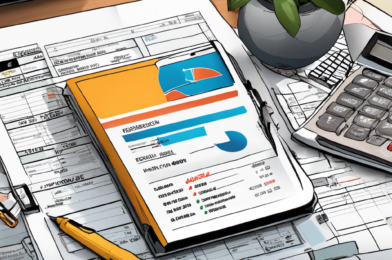Managing personal finances can be a challenging task, but with the right tools and strategies, you can take control and achieve your financial goals. One effective method to consider is the use of sinking funds, a powerful strategy to help you plan and save for larger expenses without straining your budget. Say goodbye to financial surprises and hello to a more organized and stress-free financial future!
So, what exactly is a sinking fund? In simple terms, it’s a savings plan specifically designed for anticipated major expenses. These expenses could include anything from annual insurance premiums and vehicle maintenance costs to planned vacations or even holiday spending. The idea is to set aside small amounts of money regularly, creating a dedicated fund to cover these future costs. By doing so, you avoid dipping into your regular savings or, worse, relying on credit cards or loans.
**The Power of Planning:**
Sinking funds are all about proactive financial planning. Let’s say you know your car insurance is due in six months and will cost $600. Instead of scrambling to find the money when the bill arrives, you can create a sinking fund. Set aside a small amount each month, say $100, and in six months, you’ll have the full amount ready without any stress or last-minute financial juggling.
This approach empowers you to be in control of your finances, ensuring that you are prepared for expenses that might otherwise catch you off guard. It’s like having a secret stash of money, specifically allocated for those known but often overlooked costs.
**How to Set Up Sinking Funds:**
The process is straightforward. Start by identifying your known future expenses. Create separate savings accounts for each expense category. This helps you stay organized and visualize your progress. Then, determine how much you need to save each month to reach your goals.
Consider using budgeting apps or spreadsheets to track your sinking funds. They can automatically calculate how much you should save weekly or monthly, making the process even more manageable. With each contribution, you’ll feel a sense of accomplishment, knowing you’re one step closer to financial security.
In conclusion, sinking funds are an excellent way to manage your finances proactively. By breaking down large expenses into manageable monthly savings goals, you can ensure that your money is working as hard as you do.
Remember, financial planning doesn’t have to be daunting. With sinking funds, you can turn your financial dreams into reality, one small step at a time. Start today, and watch your financial worries melt away!










